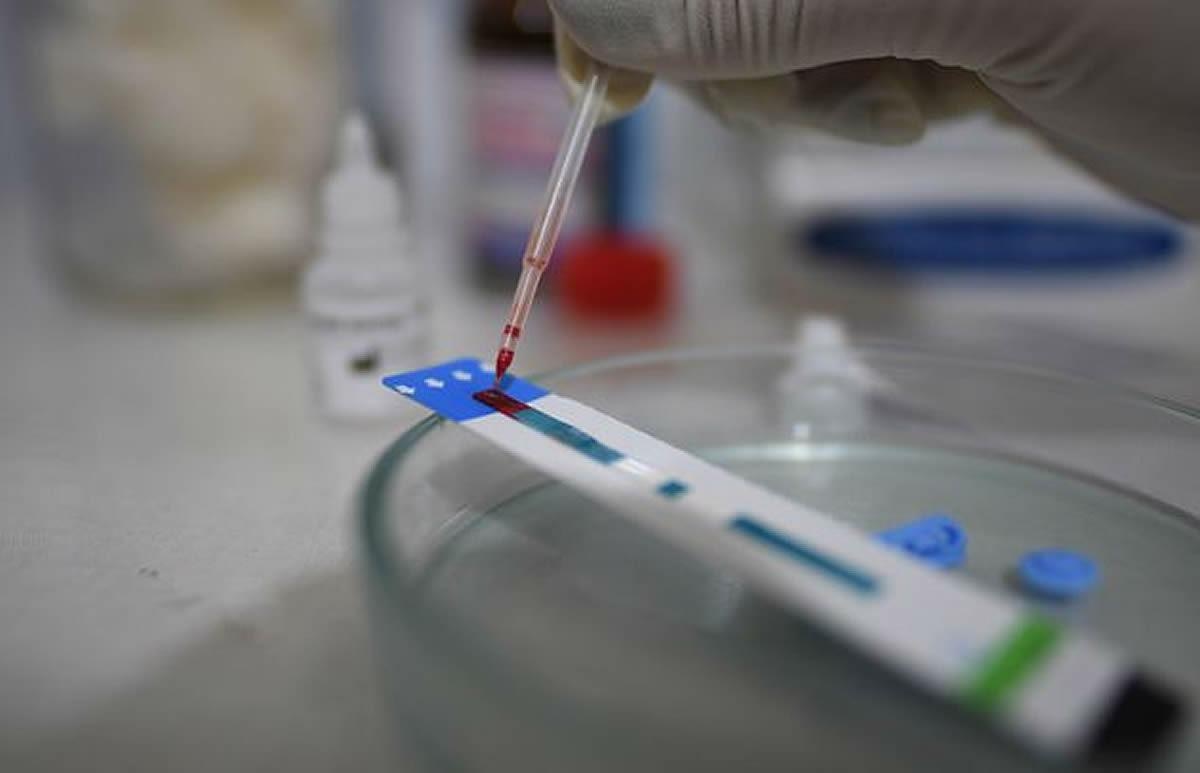Background
Ribonucleic acid (RNA) viruses like the severe acute respiratory syndrome coronavirus 2 (SARS-CoV-2) are highly vulnerable to evolving over time as a result of their error-prone replication process. RNA viruses are therefore at a greater risk of acquiring mutations that can increase their virulence and subsequently cause greater damage to their hosts.
The global monitoring of SARS-CoV-2 variants that arise as a result of these mutations has been essential in mitigating the current coronavirus disease 2019 (COVID-19) pandemic. Similarly, scientists around the world also continuously monitor the virulence of HIV-1, which is a retrovirus that also consists of single-stranded RNA.
To date, several subtypes and circulating recombinant forms (CRFs) between the subtypes of HIV-1 have been identified in various regions around the world, each of which is associated with their own distinct associations with geography, ethnicity, and mode of transmission. Among all HIV-1 subtypes and CRFs, virulence is often determined by measuring both viral loads and the concentration of CD4+ T-cells present in the peripheral blood of infected individuals. Importantly, both the viral load and rate of CD4+ T-cell decline can be used to identify novel variants of HIV-1.
About the study
In the current study, the researchers identified 17 individuals who were infected with a distinct subtype-B variant of HIV-1. This discovery was part of the ongoing BEEHIVE study, wherein the viral genomes from individuals throughout Europe and Uganda who have recently been infected with HIV-1 are sequenced. Of the 17 individuals included in the current study, 15 were from the Netherlands, whereas the remaining two participants were from Switzerland and Belgium.
In order to identify these individuals, the researchers measured the viral load and CD4+ T-cell levels of 2,446 newly diagnosed individuals and compared these levels after antiretroviral treatment was initiated. The viral genomes of these individuals were then compared to similar HIV viral genotypes available on public databases.

HIV testing. Tajikistan, 2021. Credit: UNAIDS
Study findings
Variant-infected individuals had higher viral loads at diagnosis at a mean of 5.84 as compared to non-variant infected individuals with a mean viral load of 5.10 at discovery. Importantly, after treatment was initiated, the viral load increased by 0.54 log10 viral copies/ml in variant-infected individuals as compared to non-variant infected study participants. More specifically, mean viral loads of 4.79 and 5.33 were recorded in non-variant- and variant-infected individuals, respectively, after treatment.
CD4+ T-cell levels in variant-infected individuals at diagnosis were lower than those of non-variant-infected individuals by 73 cells/mm3. Those infected with the HIV-1 variant also exhibited a greater and more rapid decline in CD4+ T-cells by 49 cells/mm3 per year, which reflected a doubling rate of CD4+ T-cell decline.
Both the age and proportion of variant-infected individuals who were men who have sex with men were similar between both variant- and non-variant-infected individuals. Additional characteristics including the suspected mode of transmission and region of birth were also similar among the individuals diagnosed with this variant, thereby demonstrating that the increased virulence of this new HIV-1 strain is a characteristic of the virus, rather than a confounding property of the infected individuals.
The sequencing analysis of the variant genomes revealed that 30 amino acid substitutions were positively associated with escape from cytotoxic T-lymphocyte response for at least one human leukocyte antigen, whereas 13 substitutions were negatively associated with this response. When assessing the phylodynamics of the novel HIV-1 variant, the researchers observed a lack of viral load evolution within the clade of variants. This observation suggests that the increased virulence is a property of the whole clade of variants, rather than a subset of other known viruses.
Conclusions
The World Health Organization (WHO) designates an advanced HIV status to individuals with CD4+ T-cell levels of 350 cells/mm3. The study findings demonstrate that advanced HIV can be reached in about nine months from the time of diagnosis in individuals infected with the novel HIV-1 variant, which is significantly less than the prognosis for non-variant-infected individuals of 36 months.
Importantly, this prognosis is based on males who are between the ages of 30 and 39, whereas individuals who are older at their diagnosis are associated with a poorer prognosis, despite the initiation of treatment. Taken together, the current study demonstrates that the HIV-1 variant discussed here could exacerbate the potential of reaching advanced HIV, particularly in situations where a diagnosis is delayed.
Source:
Journal reference:
- Wymant, C., Bezemer, D. A., Blanquart, F., et al. (2022). A highly virulent variant of HIV-1 circulating in the Netherlands. Science 375(6580); 540-545. doi:10.1126/science.abk1688.